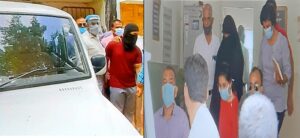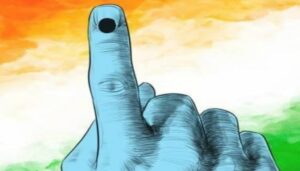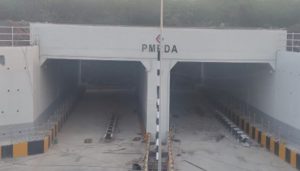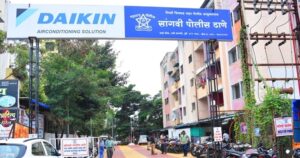Domestic hotel industry wipes out four years of profits: ICRA
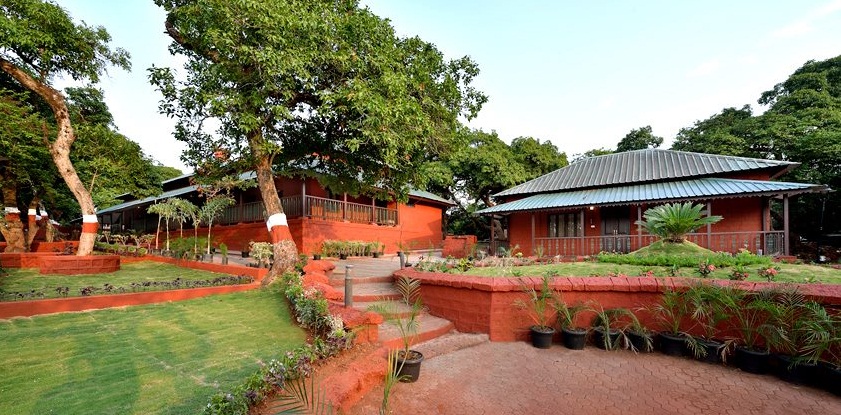
Pune, January 12, 2021: The domestic hospitality industry has been one of the worst hit sectors, severely affected by the Covid-19 pandemic and subsequent lockdowns which restricted mobility and hotel occupancies in all the major markets. ICRA research observes that pan-India occupancy hit an all-time low of 18-20% in 8M FY2021, down from~64-65% in the previous year.
The average room rates (ARR)s were at Rs 3,400-3,500, a discount of 35-40%, while the RevPAR declined by about 80% during the period under consideration. Although some sequential improvement has been witnessed since September 2020, recovery is slow and arduous, punctuated by setbacks. This will culminate in a weak FY2021.
On this, Pavethra Ponniah, VP and Sector Head, ICRA says, “We expect FY2021 RevPAR to decline by 70-75% pan-India and close at Rs.900-1,000. The outlook will continue to be impacted by the lockdown, travel restrictions and safety-related concerns because of the virus spread. FY2022 will see the industry witnessing over 120% growth in revenues and operating margins clawing up to 13-15% (FY2019: 22%) supported by pick-up in revenues and some continued benefits of the large-scale cost rationalisation measures undertaken during the pandemic, particularly in staffing. However, to put these growth numbers in perspective, the optically high growth numbers for FY2022 will only place the industry on a recovery path to pre-Covid levels in 2-3 years. ICRA expects recovery to pre-Covid levels in FY2023-FY2024.”
ICRA expects the industry sample to contract by ~65% in FY2021, with massive operating and net losses, wiping out the cumulative profits of the four past years. It however, feels that a sharp demand recovery is possible in the later part of FY2022, as vaccine rollouts gain traction. Much though will be contingent upon the spread of the pandemic and success of vaccination efforts. Nevertheless, the situation is still evolving, with numerous headwinds as seen with the restart of crowd control and lockdowns with increase in Covid cases in India and globally over the last few weeks.
Since October 2020 there has been a sequential improvement in occupancy across all the key markets driven by improvement in leisure travel. Pent up leisure demand and the diversion of outbound leisure travel to domestic tourism has been a positive for markets like Goa, wedding markets such as Jaipur and Udaipur, driveable leisure destinations such as Coorg and Ooty in the South and parts of Rajasthan. This apart staycations/workcations and social MICE filled some rooms. With closed international borders, foreign tourist arrivals is likely to stay muted well into 2021. Comparatively domestic tourism will recover at a faster rate, aided by the diversion of outbound leisure travel to domestic tourism. Nevertheless, the absence of corporate travel and big-box MICE events will cap recovery for most of the hotels in large cities.
ICRA estimates that ~98% of the premium hotels across the 12 cities that it tracks have reopened since the lockdown. The supply of new rooms however is likely to be deferred by 12-18 months with projects in the initial stages of planning cancelled or deferred.
Hotels have enforced sharp cost control in FY2021, including a 39% reduction in employees costs during H1FY2021, letting go of contract employees, enforced pay cuts and mandatory leave encashments. Overall costs shrank by 54%, while revenues fell by 80% in H1 FY2021. Interest costs however stayed largely sticky. In H2 FY2021, the industry will witness a sequential growth in revenues, while staying deeply negative at over 60% of previous year levels. Strict cost controls will continue while interest costs balloon as several companies have shored up liquidity in Q2 and Q3, through incremental debt, partly under the ECLGCS 2.0 facility.
Adds Vinutaa. S, AVP, “The significant weakening in the performance of the industry has led to a sharp increase in negative rating actions. Out of ICRA’s rated portfolio of 68 hotel entities, 92% of the portfolio had stable outlook, and 4% each had positive and negative outlook respectively as on Jan 1, 2020. The same has changed to only 26% stable outlook, 0 positive and 74% negative outlook respectively as on Dec 10, 2020.”

